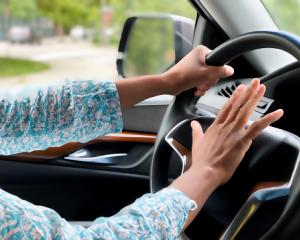
The device, developed by a team led by Dunedin Hospital Department of Women's and Children's Health head Dr Michael Stitely, an associate professor at the University of Otago, is expected to be ready to go to a human trial before the end of the year.
Up to 100,000 maternal deaths a year could be prevented if the contraception was used, he said.
"We are very excited to, hopefully, see this come to fruition, so we can help people around the world."
Intra-uterine devices, which give up to 10 years of contraception, are among the most effective contraceptive methods and the best and least painful time to insert them is straight after birth.
However, the current method required the person delivering the baby to have obstetric surgical skills, making it difficult, even in a hospital, to find the right professional for the job at the right time.
"Most [birth attendants] are midwives and GPs, who do not regularly perform surgical procedures."
The device was being developed in collaboration with Dunedin company Glassbox and Otago Innovation, from which it received a $60,000 grant.
Getting it to human trial stage had involved painstaking work using a 3-D printer to create prototypes, involving 17 iterations, Prof Stitely said.
He said the device would lessen the risk of perforating the uterus. When IUDs were put in, they were sometimes badly positioned and ended up being expelled, because the person putting them in did not want to risk perforating the uterus, making the IUD ineffective.
Using the new device, perforation of the uterus would require a lot more force. Prof Stitely said he worked on that aspect of the trial with medical student Mark Makin, using food-grade gelatin to create a uterus-like material so they could see how easy it was to perforate.
They mixed the gelatin in the hospital tearoom to begin with, causing consternation among other doctors, Dr Stitely said.
Dr Helen Paterson and nurse practitioner Emma Macfarlane worked with him on the project.












